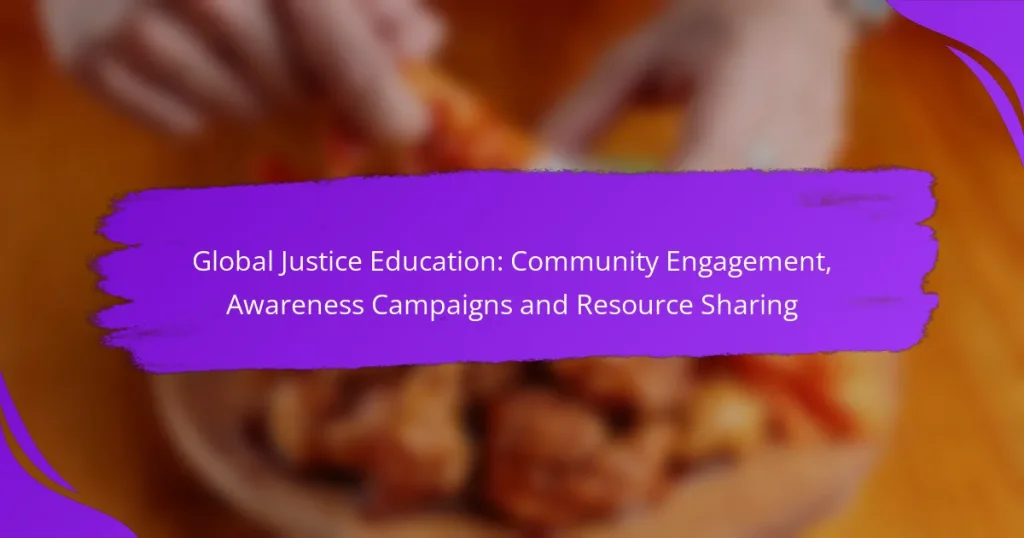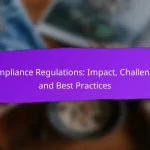Global justice education is significantly enriched through community engagement, which fosters awareness and empowers individuals to address social issues collaboratively. By implementing effective awareness campaigns, communities can be informed and motivated to take action towards promoting equity and inclusion. Additionally, resource sharing plays a vital role in disseminating educational materials, enhancing collective understanding of justice issues on a global scale.
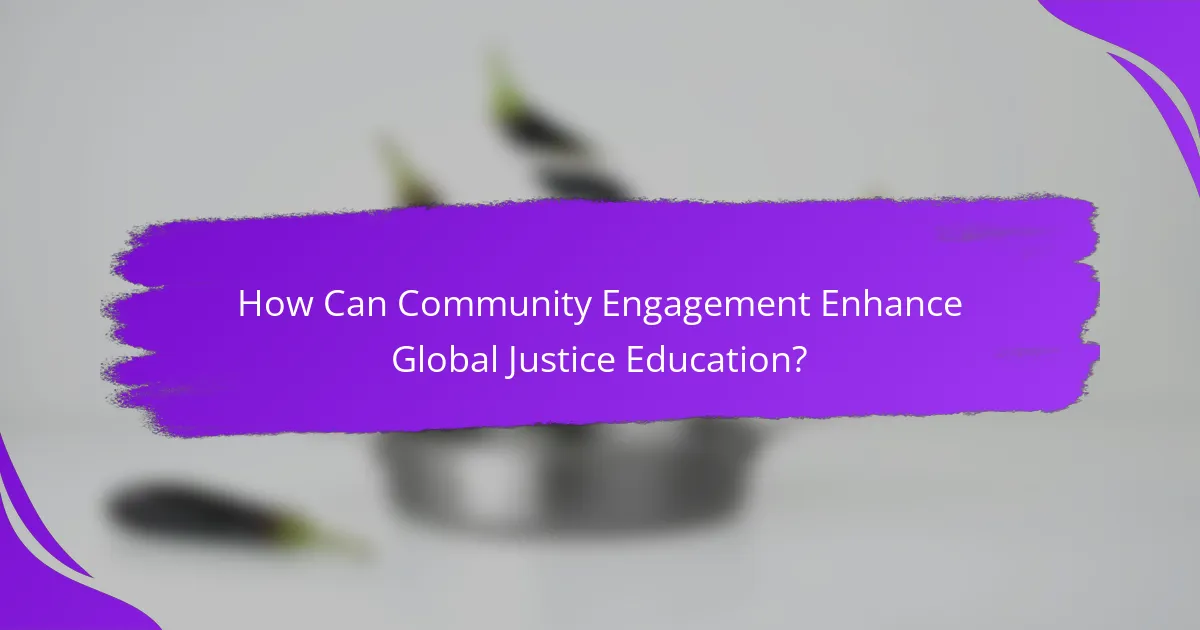
How Can Community Engagement Enhance Global Justice Education?
Community engagement plays a crucial role in enhancing global justice education by fostering awareness, building partnerships, and empowering individuals. Through active participation, communities can better understand justice issues and collaborate on solutions that promote equity and inclusion.
Increased awareness among local populations
Raising awareness among local populations is essential for effective global justice education. Engaging community members through workshops, seminars, and outreach programs can help them understand the complexities of justice issues, such as human rights violations and environmental concerns.
Utilizing local media and social platforms can amplify these efforts, reaching a broader audience. For instance, community-led campaigns can highlight local injustices and encourage public discourse, leading to increased community involvement.
Fostering partnerships with NGOs
Building partnerships with non-governmental organizations (NGOs) can significantly enhance global justice education initiatives. NGOs often have the expertise, resources, and networks necessary to address complex social issues effectively.
Collaborating with NGOs allows communities to access training, funding, and advocacy support. For example, local organizations can partner with international NGOs to host events that educate residents about global justice topics while providing a platform for local voices.
Empowering marginalized communities
Empowering marginalized communities is a key aspect of global justice education. By actively involving these groups in decision-making processes, educational programs can be tailored to their specific needs and challenges.
Programs that focus on skill-building and leadership development can help marginalized individuals advocate for their rights. For instance, training sessions on legal literacy can equip community members with the knowledge to navigate legal systems effectively.
Creating inclusive educational programs
Inclusive educational programs are vital for addressing the diverse needs of all community members. These programs should incorporate various teaching methods and materials that reflect the cultural backgrounds and experiences of participants.
Utilizing a mix of traditional classroom settings, online resources, and experiential learning opportunities can cater to different learning styles. This approach ensures that everyone, regardless of their background, can engage with and benefit from global justice education.
Facilitating dialogue and collaboration
Facilitating dialogue and collaboration among community members is essential for fostering a culture of understanding and cooperation. Organizing forums, discussion groups, and collaborative projects can encourage open conversations about justice issues.
These interactions can help build trust and solidarity within the community, leading to collective action. For example, community-led initiatives that address local justice concerns can inspire participants to work together towards common goals, enhancing overall engagement in global justice education.
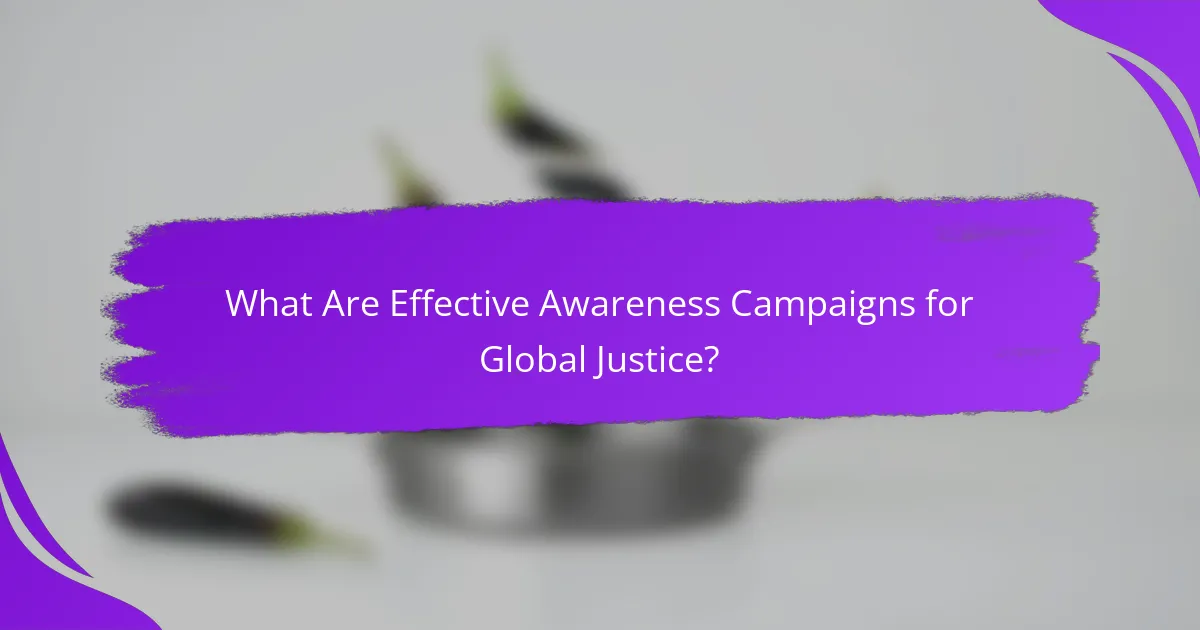
What Are Effective Awareness Campaigns for Global Justice?
Effective awareness campaigns for global justice aim to inform and engage communities about social issues, fostering a sense of responsibility and action. These campaigns utilize various strategies to reach diverse audiences and promote meaningful change.
Social media outreach strategies
Social media outreach is a powerful tool for global justice campaigns, allowing organizations to connect with a broad audience quickly. Platforms like Facebook, Twitter, and Instagram can be used to share impactful messages, visuals, and calls to action. Regularly posting engaging content, such as infographics or personal stories, can significantly increase visibility and interaction.
To maximize impact, consider using targeted ads to reach specific demographics or regions. Monitoring engagement metrics will help refine strategies and ensure that the messaging resonates with the audience.
Collaborations with influencers
Collaborating with influencers can amplify the reach of global justice campaigns, as these individuals often have dedicated followings. By partnering with influencers who align with the campaign’s values, organizations can leverage their credibility to spread awareness effectively. This approach can attract new supporters who may not have been previously engaged.
When selecting influencers, prioritize those who have a genuine interest in social justice issues and a history of advocacy. Clear communication about campaign goals and expectations is essential to ensure a successful partnership.
Utilizing multimedia storytelling
Multimedia storytelling combines various formats—such as videos, podcasts, and articles—to convey messages about global justice in compelling ways. This approach can evoke emotional responses and foster a deeper understanding of complex issues. For instance, a short documentary highlighting personal stories can be more impactful than statistics alone.
To create effective multimedia content, focus on high-quality production and authentic narratives. Engaging visuals and sound can enhance the storytelling experience, making it more likely to be shared across platforms.
Hosting community events and workshops
Hosting community events and workshops provides an interactive platform for discussing global justice issues. These gatherings can range from informational sessions to hands-on activities, fostering dialogue and collaboration among participants. Events can help build a sense of community and encourage collective action.
When planning events, consider the local context and accessibility to ensure maximum participation. Offering resources, such as educational materials or follow-up actions, can help sustain engagement beyond the event itself.
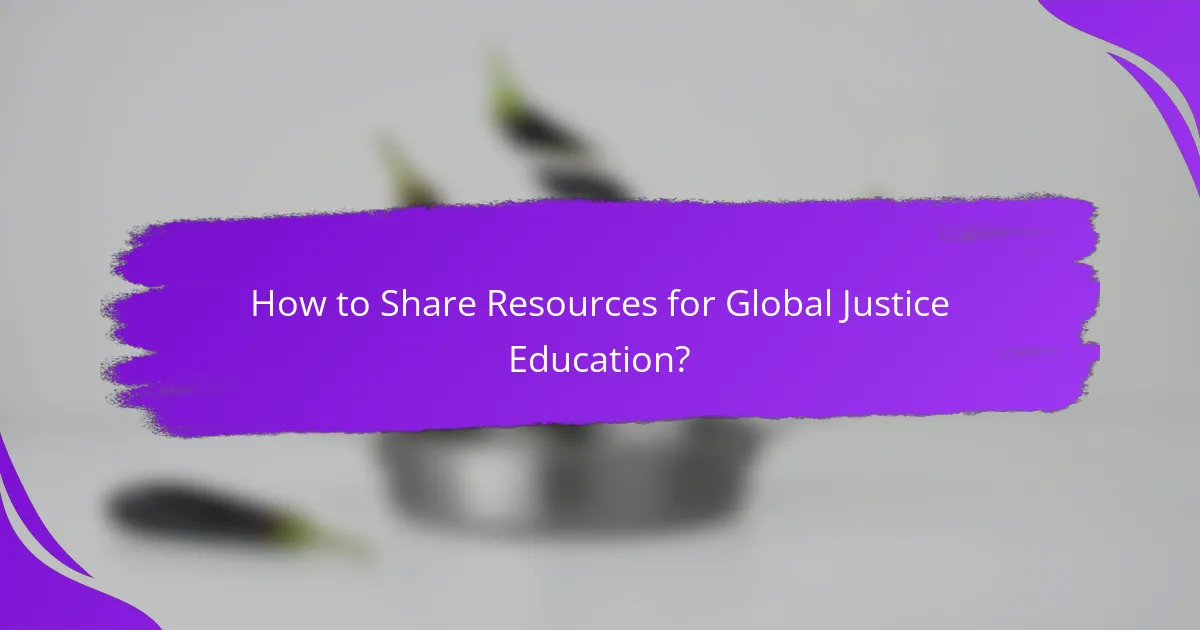
How to Share Resources for Global Justice Education?
Sharing resources for global justice education involves utilizing various platforms and collaborative efforts to disseminate educational materials effectively. This process enhances awareness and engagement within communities, fostering a collective understanding of justice issues worldwide.
Online platforms for resource distribution
Online platforms play a crucial role in the distribution of resources for global justice education. Websites like Google Drive, Dropbox, and dedicated educational platforms allow users to upload and share documents, videos, and other materials easily.
Utilizing social media channels such as Facebook, Twitter, and Instagram can amplify outreach efforts. These platforms enable educators and activists to share resources widely and engage with a broader audience, increasing awareness of global justice issues.
Collaborative databases for educational materials
Collaborative databases serve as centralized repositories for educational materials related to global justice. Platforms like OER Commons and MERLOT offer access to a variety of resources, including lesson plans, articles, and multimedia content.
When contributing to these databases, ensure that materials are properly categorized and tagged for easy discovery. This practice not only aids users in finding relevant resources but also enhances the overall utility of the database.
Networking with educational institutions
Networking with educational institutions can significantly enhance resource sharing for global justice education. Establishing partnerships with universities, colleges, and schools allows for the exchange of materials and best practices.
Consider organizing joint events, workshops, or webinars that focus on global justice themes. These collaborative efforts can strengthen community ties and foster a shared commitment to justice education.
Creating open-access content
Creating open-access content is essential for promoting global justice education. This includes developing resources that are freely available to the public, such as articles, videos, and online courses.
When producing open-access materials, prioritize clarity and accessibility. Use simple language and engaging visuals to ensure that the content resonates with a diverse audience. Additionally, consider licensing options like Creative Commons to encourage further sharing and adaptation of your work.
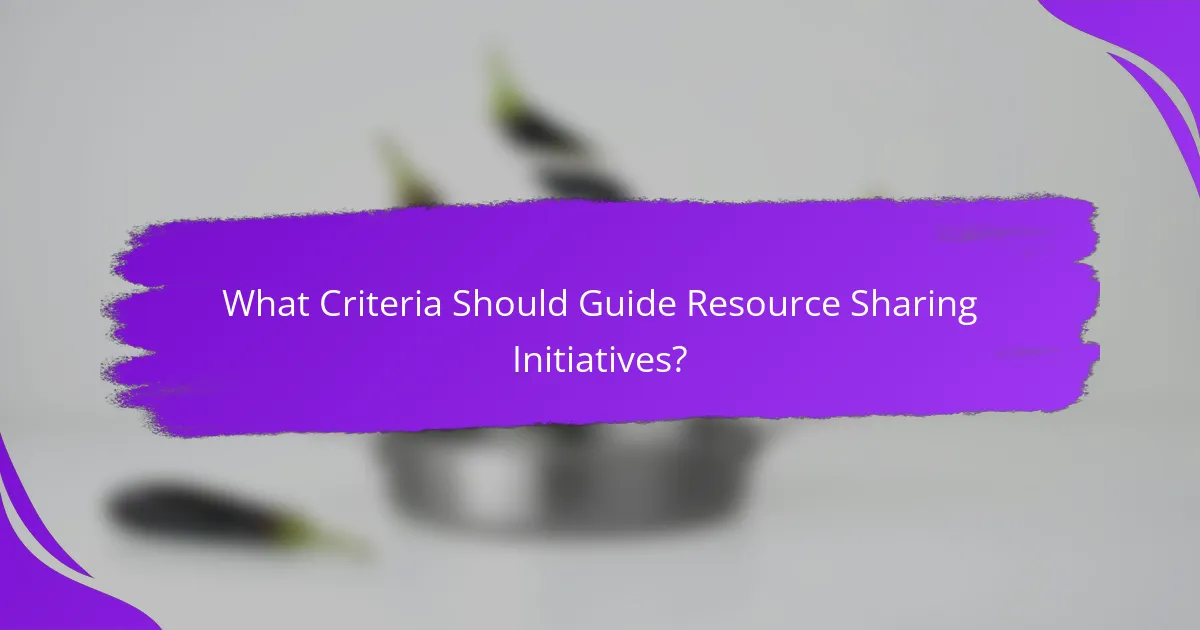
What Criteria Should Guide Resource Sharing Initiatives?
Resource sharing initiatives should be guided by criteria that ensure they effectively meet the needs of the community while promoting equitable access. Key considerations include alignment with community needs and ensuring accessibility and inclusivity for all participants.
Alignment with community needs
To align resource sharing initiatives with community needs, it is essential to conduct thorough assessments to identify specific gaps and priorities within the community. Engaging with local stakeholders through surveys or focus groups can provide valuable insights into what resources are most desired or required.
For example, if a community lacks access to educational materials, initiatives could focus on distributing books, digital resources, or hosting workshops. Regular feedback loops can help adjust offerings to better serve evolving community needs.
Accessibility and inclusivity considerations
Accessibility and inclusivity are critical in ensuring that all community members can benefit from resource sharing initiatives. This involves considering physical access to locations, availability of materials in multiple languages, and accommodating individuals with disabilities.
For instance, providing resources in formats such as braille or audio can enhance accessibility for visually impaired individuals. Additionally, offering virtual options can help reach those who may have transportation barriers or other challenges in attending in person.
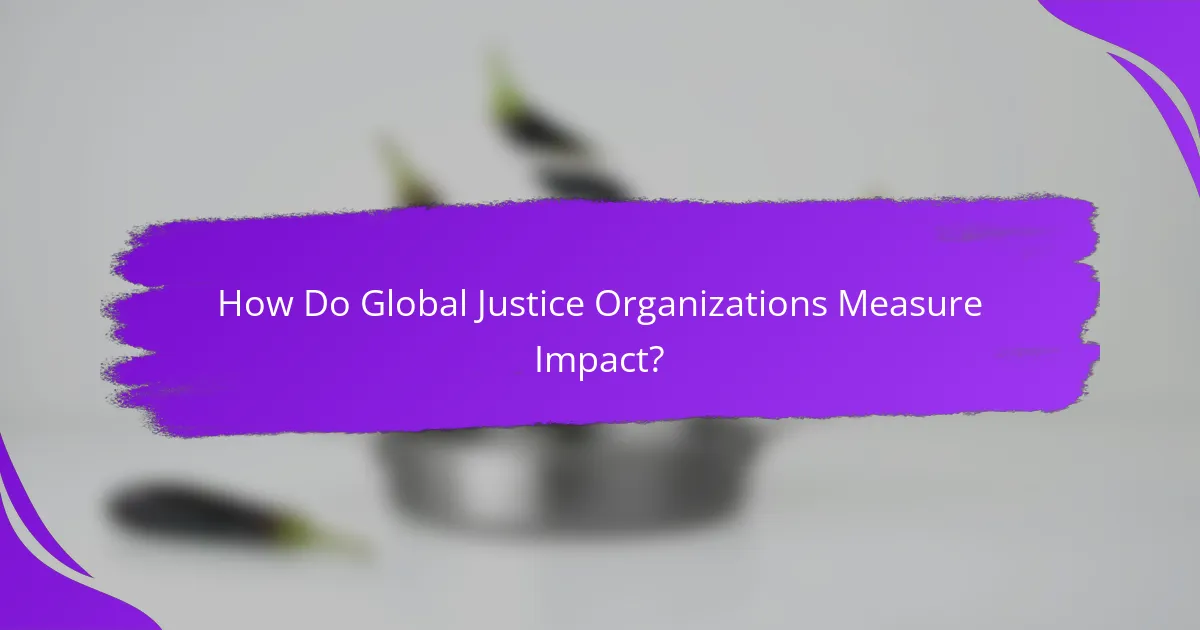
How Do Global Justice Organizations Measure Impact?
Global justice organizations measure impact through various methods that assess the effectiveness of their initiatives. These methods often include qualitative and quantitative data collection to evaluate community engagement, awareness campaigns, and resource sharing.
Surveys and feedback mechanisms
Surveys and feedback mechanisms are essential tools for global justice organizations to gauge the impact of their programs. They allow organizations to collect direct input from participants, helping to identify strengths and areas for improvement.
Effective surveys typically include a mix of closed-ended questions for quantitative analysis and open-ended questions for qualitative insights. Organizations should aim for a response rate of at least 20-30% to ensure the data is representative. For example, a survey might ask participants to rate their understanding of social justice issues before and after a campaign.
To maximize the effectiveness of feedback mechanisms, organizations should ensure anonymity and provide incentives for participation, such as small rewards or recognition. Regularly reviewing and acting on feedback can significantly enhance program effectiveness and community trust.
